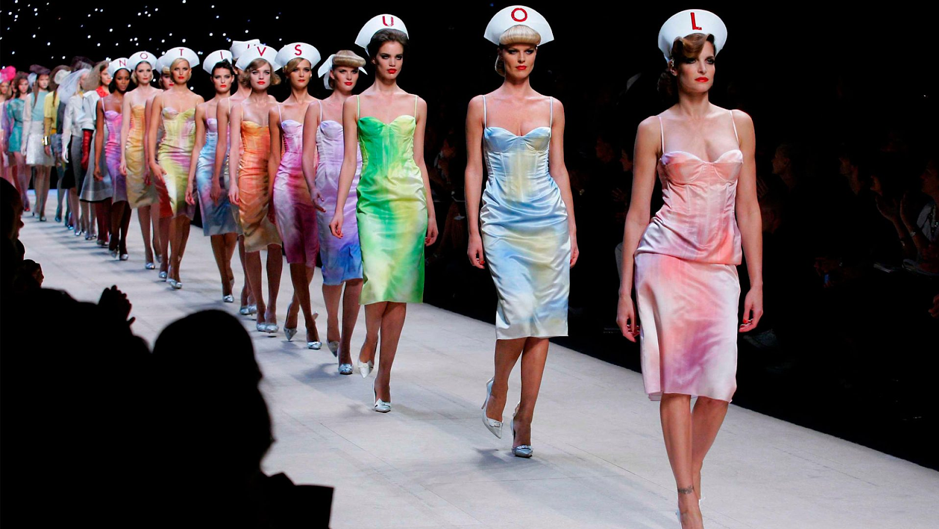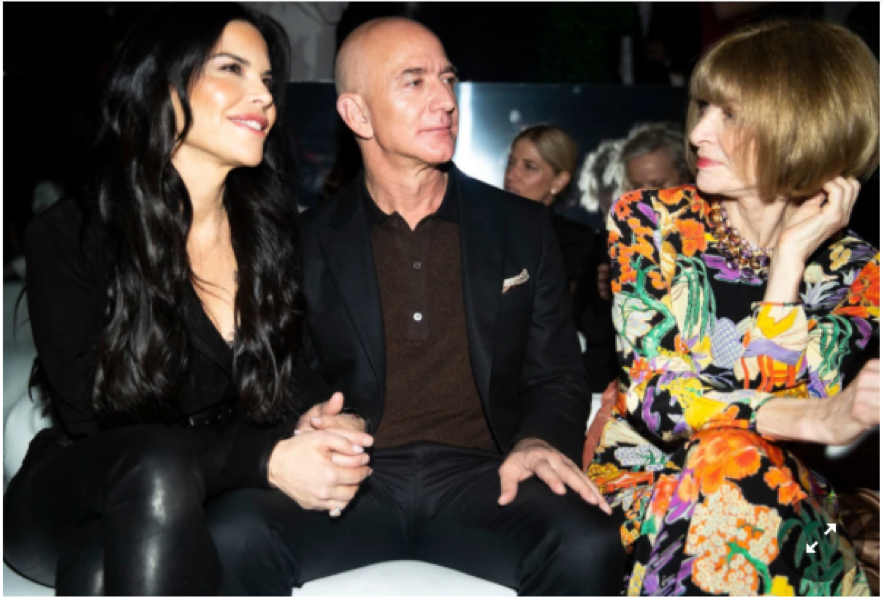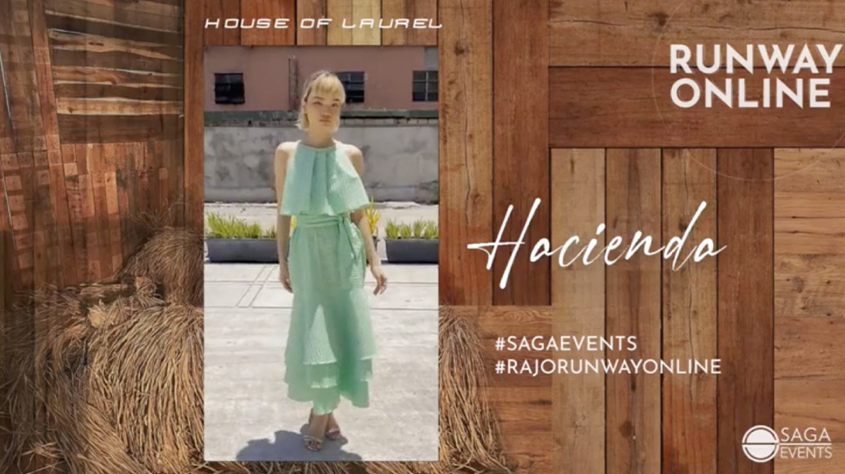How the CoronaVirus is set to hit independent fashion designers the hardest, who are already struggling to make ends meet.

When it comes to corona virus impact on fashion, it’s easy to think about the big dogs in the game. The sales of clothing mega giants, Zara and H & M, have plummeted while Gucci and Dior, which dominate your billboards, have their customers stuck at home. But there is one sector hidden from view which is devastated the most; Independent Fashion Designers.
While smaller and independent start ups don’t make the majority of profits, they employ a major section of the fashion industry and scene. In a New York Times article, fears were cited as to how Covid-19 could cause the loss of a generation of young and aspiring fashion designers. Such fears aren’t unfounded as according to the US fashion industry’s governing body, the Council of Fashion Designers of America, at least 40% of the 477 members earned less than $1 million last year (AU$1.5 million).
Independent designers operate on much busier schedules, almost cash strapped budgets where they move from shipping cycle to shipping cycle, in spite of the glamour they show. These independent fashion designers often use the profits made from sales to fund the next design, with a strong reliance on wholesale to retailers with little profits from consumers buying their products.
This effect can be seen globally, take Emelie Helmstedt, a Copanhagen based designer who was shortlisted for the LVMH Prize. In an interview with WMD, she tells how she had expected a boost from major retailers this year, instead many of her buyers had cancelled their appointments.
“The major stores from the U.S said their health insurance wouldn’t cover it if they were to fall sick on their trip. A lot of other stores in China and Japan cancelled too.”

Essentially, it’s very clear that any disruptions, delay and ceasing of sales can cause an interruption of cash flow and wreck havoc across businesses. For business owners it could mean they are unable to pay for materials and manufacturers; cover costs like rent, salaries and other bills. Alcalay had a good start this year, being 20% ahead in sales, only to evaporate quickly.
“I’ve contacted my landlord…I’m cutting my own salary and all of these things have happened in the last few hours—it’s so real for small business owners,” said Alcalay in a recent interview with WMD.
At the moment, many designers believe that government intervention is the only way to keep businesses afloat. Such sentiments have been widely echoed across the fashion fraternity.
“Without some sort of government intervention, you could see a whole generation of creative business wiped out,” said Caroline Rush, in an interview to the Guardian.
With the lack of government intervention in these sectors, fashion companies and committees are taking matters into their own hands. The British Fashion Council has set up its own emergency fund, whilst major online company Amazon has teamed up with Vogue and the Council of Fashion Designers of America as an effort to keep small businesses running.

Whilst this may be welcomed, many critics, designers and writers took to social media to express their strong disdain for the partnership, with one Editor Tyler McCall labelling the deal “bleak”. On the other hand, many independent fashion designers are taking to technology to sell and promote their fashion design. In an interview with HighsNobiety, Holli Rogers, CEO of Browns and Chief Brand Officer of Farfetch said that even the fashion would be done virtually.
“This virtual experience will most definitely play a significant role in both the presentation side as well how we operate as buyers,” she said. “I expect we will witness some quick turnarounds in technology and innovation…this is going to be a major shift…felt industry-wide.”
Such a trend to virtual reality is a possibility and could systematically change the things to come, with recent university graduates in fashion now in a push for the industry to go virtual. This change can be seen where the Fashion of Institution of Technology’s annual “Future of Fashion” runway show is being broadcasted online with all it’s thesis up on it’s website.

This change can be also seen in fashion shows as well, where the British Fashion Council rolled out a digital “cultural fashion week platform” for designers. Many of these other initiatives have taken place such as Fashion Unites, a YouTube-streamed edition of CR Runaway which is the same show run by former French Vogue editor Carine Roitfeld, Tom Ford and Vladmir Restoin (the president of CR Fashion Book Ltd.) to raise money to combat Covid-19. One of the major fashion designers Rajo Laurel will be hosting the first ever virtual fashion show made possible by Saga Events, which will showcase his collection and designs.
The Coronavirus has led to a lot of damage and suffering for many fashion designers facing economic devastation from their work. However, just like a phoenix rises from the ashes- it could give a rise to a new fashion industry that adjusts to the reality of the world, with technology being the key.
Subscribe to FIB’s Weekly Alchemy Report for your weekly dose of music, fashion and pop culture news!







